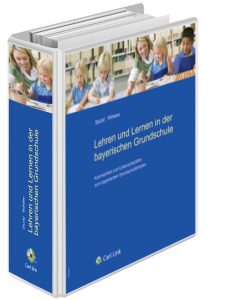The German Language Immersion approach at German ISD uses an immersive environment to teach young children by connecting words, phrases and hand-on experiences. Students rise to the challenge of reading fluently, writing proficiently, and building vocabulary and comprehension when their lessons are engaging and fun. Interactive lessons and assessments guide elementary learners from phonemic awareness (reading readiness) all the way to fluency, while also developing skills in sight reading, grammar, the writing process, and reading for understanding in German language.
The German language is spoken by over 100 million people worldwide. In addition to Germany, German is also spoken in Austria, Switzerland, Liechtenstein, and Luxembourg. German ranks third in the list of most commonly taught languages, right behind English and French. German and English are similar in nature; in fact, these two languages share 60% of their vocabulary.




